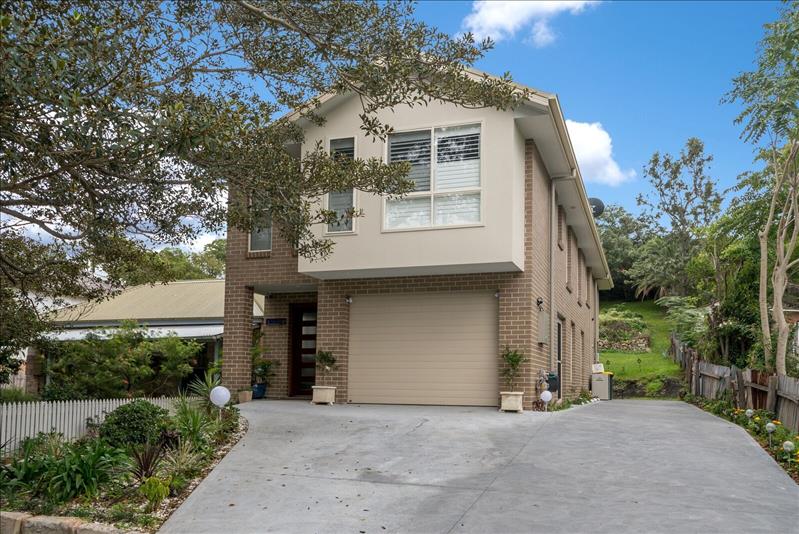
Choosing a builder, selecting a design, finalising the colours and finishes is an incredibly exciting process with plenty of decisions. However, before construction starts, approvals need to be obtained. Depending on the build, this can take a number of directions, but here are some of the more common processes.
D.A. = Development Application
This is done by the local council and will be assessed by their planning department.
A D.A. is required if the proposed build exceeds the guidelines – for example, required setbacks, heights, sensitive coastal zones or a heritage area. Many items may require consideration of a D.A evaluation. Depending on the design and sensitivity of the area this process can take usually 4-12 weeks, or much longer if very involved.
C.C. = Construction Certificate
This can be done by either the local council or a private certifier. This is done after the D.A has been issued.
As the planning issues have been addressed earlier, the C.C process is usually simpler. Full plans, engineering, dimensions and warranty insurances are required at this stage. If all the required information is available, this can usually be issued in around 2 weeks.
C.D.C. – Complying Development Certificate
This can be issued by either the local council or a private certifier. This does not require a D.A approval, as long as it meets the relevant guidelines.
A C.D.C. is for a construction that meets all the guidelines – the setbacks, heights and dimensions are all compliant, the area is suitable and numerous other regulations are met. These can be discussed with your builder. Because of the compliance, an approval can be achieved in around 4 weeks, which means a quicker commencement.
As much as we would like it to be, these are just an overview of approvals, as many issues can come into play when dealing with government departments, councils, neighbours and areas, to name a few. To alleviate some of these issues, make sure to have a discussion with your builder during the planning and design processes.
